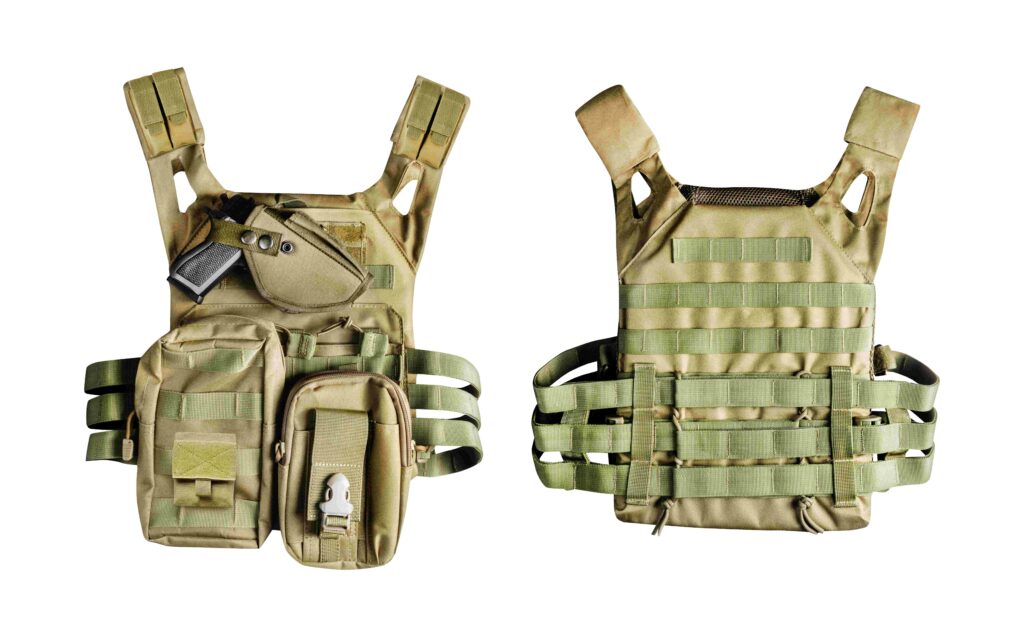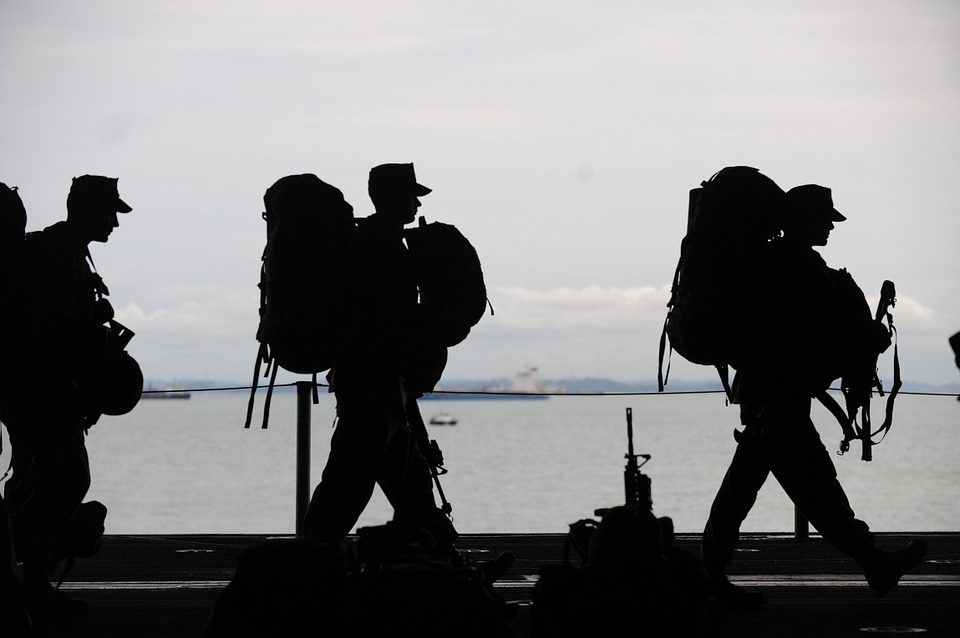Before the word “backpack” existed, humans were already strapping their belongings to their backs and heading out into the unknown. From ancient hunters to modern infantrymen, the backpack has been an essential part of survival, warfare, and adventure. But when were backpacks invented? And how did they evolve into the rugged tactical packs we see on today’s soldiers?
Let’s take a load off (literally) and dig into the fascinating history of the military backpack, from Neolithic innovation to MOLLE systems.
The First Backpacks: Neolithic Necessity
Archaeological evidence suggests that early humans were using primitive backpack designs as far back as 3300 BC. The most famous example? Ötzi the Iceman, a Bronze Age traveler discovered frozen in the Alps, complete with a wooden-framed pack.
Did Otzi invent the backpack? Probably not. But he definitely owned the oldest one we’ve ever found. Whether he made it himself or haggled it from a Neolithic artisan over some dried meat, we may never know. One thing’s for sure: backpacks predate civilization.

Backpacks in Ancient Civilizations
- Mesopotamia: Farmers and traders likely used woven fiber or leather sacks slung over the shoulders.
- Ancient Egypt: Wall paintings depict soldiers with shoulder-strapped satchels during long campaigns.
- Neolithic China: Agricultural communities likely used bamboo-framed baskets to transport tools and goods.
- Hun Armies: Attila the Hun’s soldiers are believed to have carried supplies in hide-wrapped frames as they conquered vast swaths of Asia.
These early designs may not have looked tactical, but they served the same purpose: carry more, survive longer.
What Is a Military Backpack Called? (And Why It Changes So Often)
Let’s clear something up: not all military backpacks are called “rucksacks.”
Military backpack names have changed across generations, countries, and combat strategies. Here are some of the most common names:
| Term | Era/Use | Notes |
| Rucksack | 19th century – Present | German in origin; still widely used |
| Haversack | American Civil War – WWI | Single-strap shoulder bag |
| Knapsack | 1700s-1800s | Early European term for military pack |
| Field Pack | WWII | Introduced pockets for organization |
| Kit Bag | British Armed Forces | Often used for barracks gear |
| ALICE Pack | 1973 – 2000s | Modular Cold War system |
| MOLLE | 1997 – Present | Modern, customizable gear platform |
Depending on the era, a soldier’s pack might have been a metal box, a leather satchel, or a modular canvas bag. Terminology often reflects technological advancements and military doctrine.
Civil War Era: Enter the Rucksack

The earliest official U.S. military backpack emerged around the American Civil War, and it was… well, rough.
Constructed from sheet metal with wooden backings and no padding, these early “rucksacks” were more of a torture device than a load-carrying tool. Soldiers often ditched them in favor of wrapping gear in blankets and slinging them over the shoulder.
Still, this marked the first step toward military load systems designed for infantry movement.
WWI: The M1910 Haversack
World War I brought the M1910 Haversack, a major leap forward. Designed to work with the Army’s belt gear system, the haversack allowed soldiers to carry:
- Rations
- Clothing
- Mess kits
- Entrenching tools
It was still uncomfortable, but at least it kept the essentials (somewhat) organized. Soldiers wore it high on the back to reduce fatigue, though marching through trenches still left plenty to be desired.

WWII: The M1941 Combat Pack
World War II introduced the M1941 Combat Pack, which improved on the haversack with canvas materials, more compartments, and better integration with other gear.
This era also saw the two-part pack system:
- Upper pack for food and supplies
- Lower bag for bedroll and clothing
Compared to their WWI predecessors, these packs were more modular and practical for fast-moving troops.
The ALICE Pack: Cold War Carry-All
In 1973, the U.S. military introduced the ALICE (All-Purpose Lightweight Individual Carrying Equipment) system. These packs featured:
- Lightweight aluminum frames
- Multiple external pouches
- Quick-detach shoulder straps
ALICE packs dominated through the Vietnam War and into the 1990s. They were rugged, adaptable, and (for many veterans) nostalgically uncomfortable.
MOLLE: Modern Tactical Mastery
The MOLLE system (Modular Lightweight Load-carrying Equipment) took over in the late 1990s and is now the standard for U.S. and NATO forces.
Key features include:
- PALS webbing: grid-based attachment system for pouches
- Customizability: configure based on mission needs
- Advanced materials: water-resistant, abrasion-proof fabrics
At Fieldtex, we build custom MOLLE-compatible packs that meet modern combat standards and Berry Compliance requirements.

Fun fact: military researchers are now developing self-healing fabrics to make backpacks even more durable under fire.
What Do Soldiers Carry in Their Backpacks?
Modern military backpacks carry gear tailored to the mission, but a few core items remain universal:
- First aid kit (IFAK)
- MREs (Meals Ready-to-Eat)
- Water/hydration bladder
- Extra ammo
- Shelter items (tarp, poncho, sleeping bag)
- Tools (knife, multitool, entrenching tool)
- Communication equipment
Backpacks are now engineered for load distribution, reducing fatigue and injury risk on long missions.
How to Pack a Military Backpack (Without Losing Your Mind)
Here’s the basic layout used by most soldiers:
- Bottom: Soft, bulky items like sleeping bags
- Middle: Heavier items like food and ammo (close to your spine)
- Top: Items needed quickly – rain gear, med kits
- External: Tools and weapons using MOLLE attachments
Compression straps and pouches help keep everything tight and balanced. Overstuffed or poorly packed bags can cause injury or throw off your center of gravity.
Final Thoughts: From Goat Hides to MOLLE Grids
The military backpack has come a long way since Otzi’s wooden frame and the Civil War’s metal boxes. Today’s tactical packs are modular, smartly engineered, and battle-tested for every kind of terrain.
Understanding this evolution not only honors the innovation behind every stitch and strap but helps us build even better gear for the future.
Want a Tactical Backpack Built for the Field?
Explore our line of custom, Berry-compliant, MOLLE-compatible military backpacks at Fieldtex. Whether you’re in the field or outfitting your team, we’ll help you carry the load.

